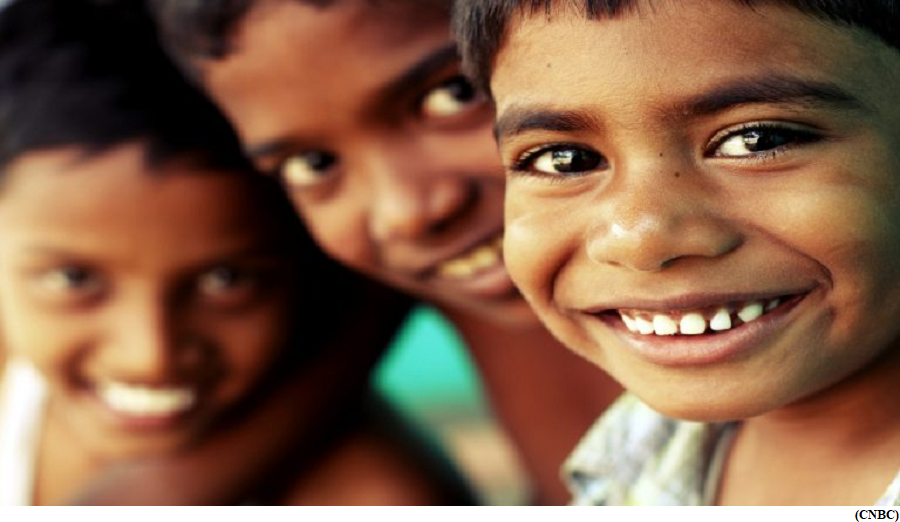GHAR (GO Home and Re-Unite) Portal for Restoration and Repatriation of Child launched by NCPCR (GS Paper 2, Social Justice)

Why in news?
- The Ministry of Women and Child Development developed the “Track Child Portal”, which enables tracking of the missing and found children in all States/UTs including Maharashtra, Chhattisgarh, North Eastern States and Jharkhand.
Implementation:
- The Track Child portal is implemented with support and involvement of various stakeholders namely Ministry of Home Affairs, Ministry of Railways, State Governments/ UT Administrations, Child Welfare Committees, Juvenile Justice Boards, National Legal Services Authority, etc.
- Standard operating procedure have been issued for the “TrackChild” Portal.
Integration:
- The TrackChild portal is also integrated with the CCTNS or Crime and Criminal Tracking & Network Systems of the Ministry of Home Affairs, which allows interoperability in terms of matching of F.I.Rs of missing children with database of TrackChild to trace and match missing children by the concerned State/UT police.
- One component of TrackChild Portal has “Khoya-Paya” where any citizen can report for any missing or sighted children.
GHAR - GO Home and Re-Unite:
- Further, a portal namely GHAR - GO Home and Re-Unite (Portal for Restoration and Repatriation of Child) has been developed and launched by NCPCR.
- The GHAR portal has been developed to digitally monitor and track the restoration and repatriation of children as per the protocols under the Juvenile Justice (Care and Protection of Children) Act, 2015 and Rules thereof.
The salient features of the portal:
- Digital tracking and monitoring of children who are in the Juvenile Justice system and have to be repatriated to another Country/State/District.
- Digital transfer of cases of children to the concerned Juvenile Justice Board/Child Welfare Committee of the State for speedy repatriation of children.
- Where there is a requirement of a translator/interpreter/expert, request to be made to the concerned State Government.
- Child Welfare Committees and District Child Protection Officers can ensure proper restoration and rehabilitation of children by digitally monitoring the progress of the case of the child.
- A checklist format will be provided in the forms so that the children who are hard to repatriate or children who are not getting their entitled compensation or other monetary benefits can be identified.
- List of Government implemented schemes are provided, so that at the time of restoration the Child Welfare Committees can link the child with the schemes to strengthen the family and ensure that child remains with his/her family.
Three economic rail corridors on the anvil
(GS Paper 3, Economy)
Why in news?
- With a thrust on investment in infrastructure, the Union Ministry of Railways has been allocated ₹2.55 lakh crore for the financial year 2024-25, up by 5.8% from last year’s allocation of ₹2.41 lakh crore.
- The Budget document says the Railway Ministry could only utilise ₹1.6 lakh crore, based on the actual numbers released for 2022-23.
- The revised operating ratio for 2023-24 was 98.7%, which is the ratio of working expenses to traffic earnings.

Key Highlights:
- The Centre will implement three major economic corridor programmes; energy, mineral, and cement corridor, also being referred to as Energy Economic Corridor; port connectivity corridor aka Rail Sagar; and high-traffic density corridors, aka Amrit Chaturbhuj.
- A total of 434 projects with an investment of ₹11 lakh crore will be rolled out under these programmes.
- They have been planned along the lines of PM Gati Shakti framework by tracking the origin and destination nodes of Railways.
- Over the next five years, it is planning to overhaul 40,000 coaches to provide a better passenger experience similar to that of the Vande Bharat trains. The entire exercise is expected to cost ₹15,200 crore.
Allocation:
- Notably, budget allocation for investment in public sector units and joint ventures decreased from ₹34,353 crore in 2023-24 to ₹31,107 crore in 2024-25. Experts say this is because the Railways is interested in opening up the market to private players.
- The bullet train project by National High Speed Rail Corridor has attracted the maximum chunk of allocation, up from ₹19,592 crore to ₹25,000 crore.



